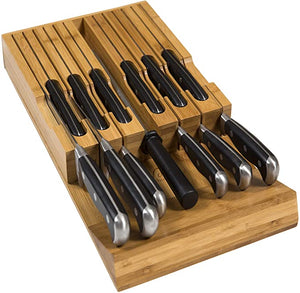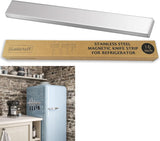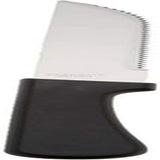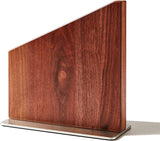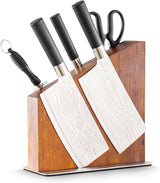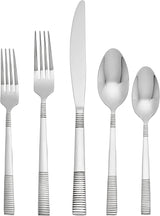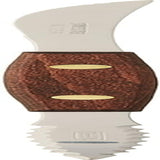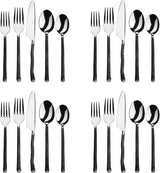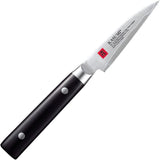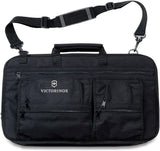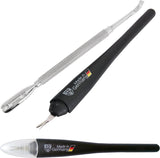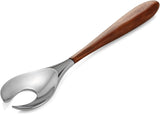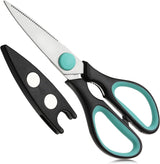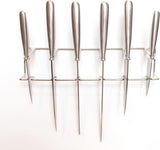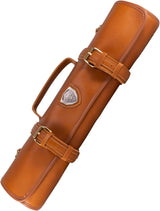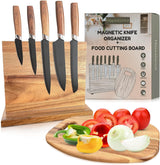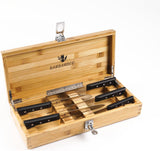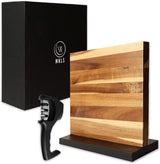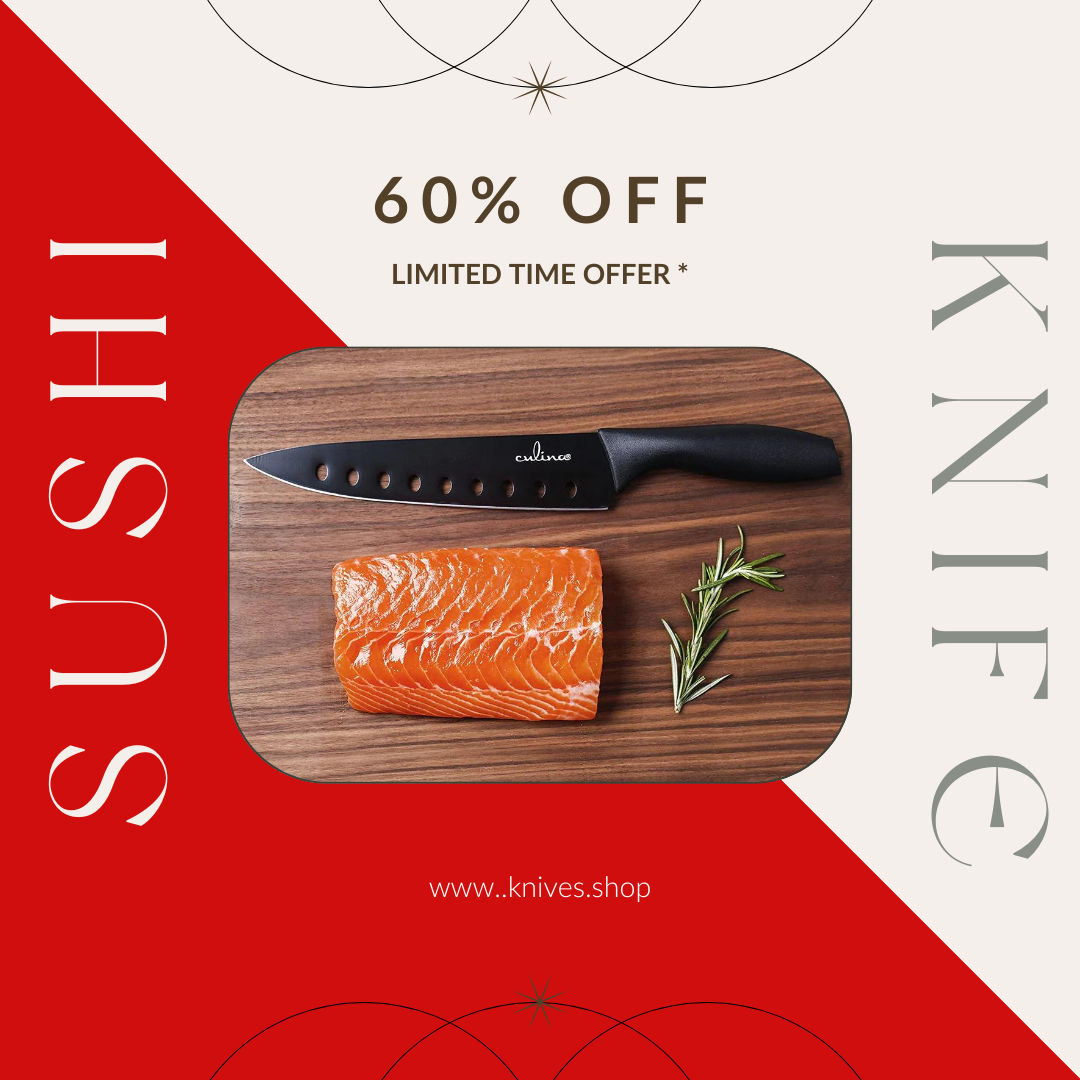When it comes to preparing and serving game meats, understanding the nuances of knife etiquette can significantly elevate your culinary skills. As a kitchen professional, knowing how to handle knives with precision and respect is crucial, not just for safety, but for ensuring the quality and presentation of the meat. In this article, we'll delve into the best practices of knife etiquette for game meats, equipping you with the knowledge to impress even the most discerning diners.

The Importance of Knife Etiquette
Before diving into specific techniques, it's essential to grasp why knife etiquette is so vital when dealing with game meats. These meats, often richer and more robust than traditional cuts, require a delicate touch. Proper knife skills ensure that the meat's texture and flavor are preserved, enhancing the dining experience.
Understanding Different Game Meats
Game meats such as venison, boar, and pheasant offer unique flavors and textures. Each type demands a specific approach to slicing, and a fundamental understanding of these differences is key. For instance, venison is lean and can easily become tough if not handled correctly. Meanwhile, boar is fattier, requiring a different cutting technique to balance its rich flavors.
Essential Knife Skills
To master knife etiquette for game meats, kitchen professionals must hone specific skills:
Choosing the Right Knife
The choice of knife is paramount. A sharp, well-maintained blade is essential for clean, precise cuts. For game meats, a boning knife or a chef's knife is often recommended. These knives offer the flexibility and sharpness needed to navigate around bones and sinew.
For more insights on selecting the perfect knife, you might find this guide to German knives helpful.
Maintaining Knife Sharpness
A dull knife is not only dangerous but can also ruin the texture of the meat. Regular honing and sharpening are crucial practices. Learning how to maintain your knife is an art in itself, ensuring you can deliver consistent, high-quality cuts every time.
For tips on keeping your knives in top condition, refer to this guide on cleaning knives.
Proper Cutting Techniques
Understanding how to slice game meats correctly can make a significant difference. Here are some techniques to consider:
Against the Grain
When slicing game meats, always cut against the grain. This technique helps in breaking down muscle fibers, resulting in tender, juicy pieces. It's a simple yet effective way to enhance the meat's texture.
Controlled Slicing
Precision is key. Use long, even strokes when slicing. This approach minimizes tearing and ensures a clean cut, preserving the meat's integrity. Controlled slicing is particularly important for lean meats like venison, where even minor errors can lead to toughness.
Serving Game Meats
Beyond preparation, how you present game meats is equally important. Proper knife etiquette extends to the table, where the meat should be presented attractively and served with the appropriate cutlery.
Plating with Precision
When plating, arrange slices neatly, and consider the visual appeal. Complement the meat with garnishes or sides that enhance its flavor profile. Presentation plays a vital role in the dining experience, setting the tone before the first bite.
For additional dining etiquette, you can explore this steakhouse dining guide.
Using the Right Cutlery
Ensure diners have the correct cutlery to enjoy their meal. The right knife and fork can make a significant difference in how the meat is perceived and enjoyed. Educating your guests on proper cutlery use can enhance their dining experience.
You can find more about cutlery etiquette in this external guide.
FAQs
Why is cutting against the grain important?
Cutting against the grain is crucial because it breaks down the muscle fibers, resulting in a more tender and palatable piece of meat.
What is the best knife for venison?
A sharp boning knife is ideal for venison due to its flexibility and precision, allowing you to navigate around bones and sinew effectively.
How often should I sharpen my knives?
Regular honing is recommended before each use, with sharpening needed every few months, depending on frequency of use.
This article contains affiliate links. We may earn a commission at no extra cost to you.
